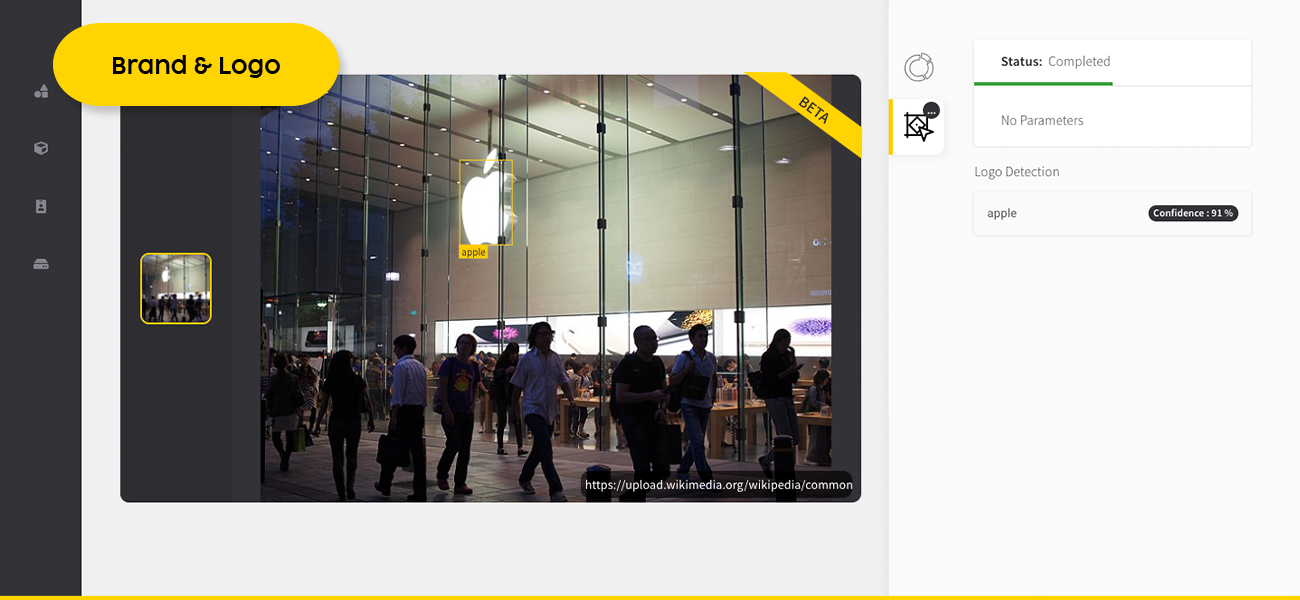Deepva Speaker Identification
Speaker Identification
function description
Real-time speaker recognition
Identify a wide range of personalities by their voice with Speaker Identification – in real time and with the highest accuracy! This feature allows you to identify and analyze personalities without the need for image or video data. As it is not only the face of a person that is unique, the voice can also be used for identification purposes.
Based on voice characteristics and pitch, our Speaker Identification can check whether the audio sample can be matched to a specific person. This is not only of interest for fact-checking purposes. A comparison with Face Recognition enables even more reliable identification.

benefits
Transforming data into value
Identification of speakers
Perfect for radio and podcasts
Customisable AI models
use cases
Logo Recognition use cases
how it works
How does Logo Recognition work?
Logo Recognition analyses logos for various characteristics and compares them with the database behind them. This database can be either pre-trained personalities or your own training material. In addition to face and landmark recognition, logo recognition will also be adapted to the specific needs of companies in the future.



